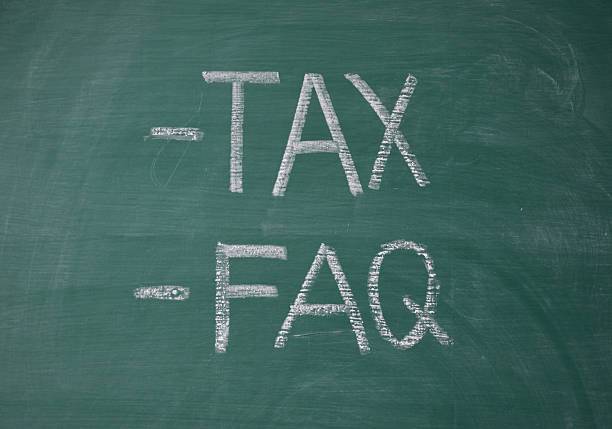Reverse charge for imports into the EU

What are the import VAT rules in the EU ?
The import VAT rules in the European Union (EU) are governed by the EU Customs Union and related regulations. Import VAT is a consumption tax levied on the importation of goods into the EU.
More details

What are the main References to VAT Exemption or Reverse Charge in the EU ?
In the European Union (EU), references to VAT exemption and the reverse charge mechanism are important aspects of value-added tax (VAT) treatment for specific transactions.
More details

How does VAT work in the EU ?
In the EU, VAT is a consumption tax applied to most goods and services. Each EU member state sets its own VAT rates, but there are common rules and guidelines established at the EU level to ensure consistency.
More details

What are the main EU mentions on invoices for VAT in the EU ?
In the European Union (EU), when issuing invoices for transactions subject to value-added tax (VAT), there are specific mentions and information that businesses are typically required to include. The EU has harmonized certain invoicing requirements to facilitate cross-border trade and ensure consistency in VAT documentation.
More details

What is the reverse charge mechanism ?
The reverse charge mechanism is a tax regulation used in Value Added Tax (VAT) systems. It shifts the responsibility for reporting and paying VAT from the seller to the buyer. In a typical VAT system, the seller is responsible for collecting and remitting VAT to the tax authorities. However, under the reverse charge mechanism, the obligation is reversed, and the buyer becomes responsible for reporting and paying the VAT directly to the tax authorities.
More details
Other ads

What are the import VAT rules in the EU ?
The import VAT rules in the European Union (EU) are governed by the EU Customs Union and related regulations. Import VAT is a consumption tax levied on the importation of goods into the EU.
More details
Other searches
Write us
Fields marked by asterisks (*) are required
